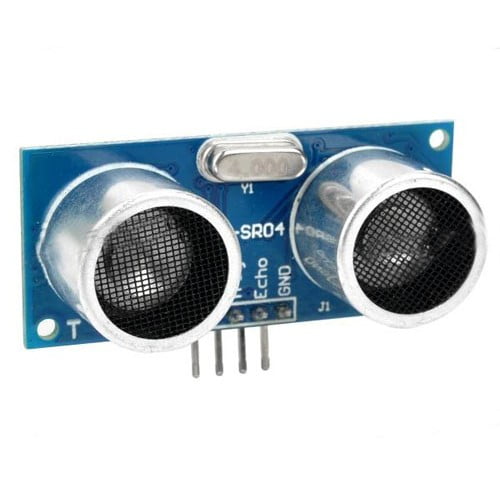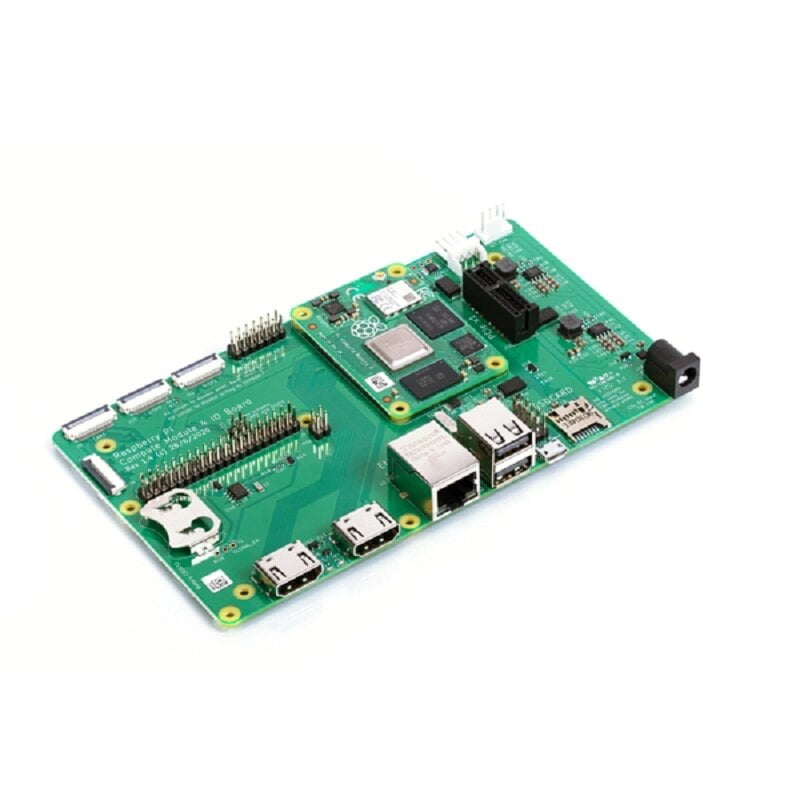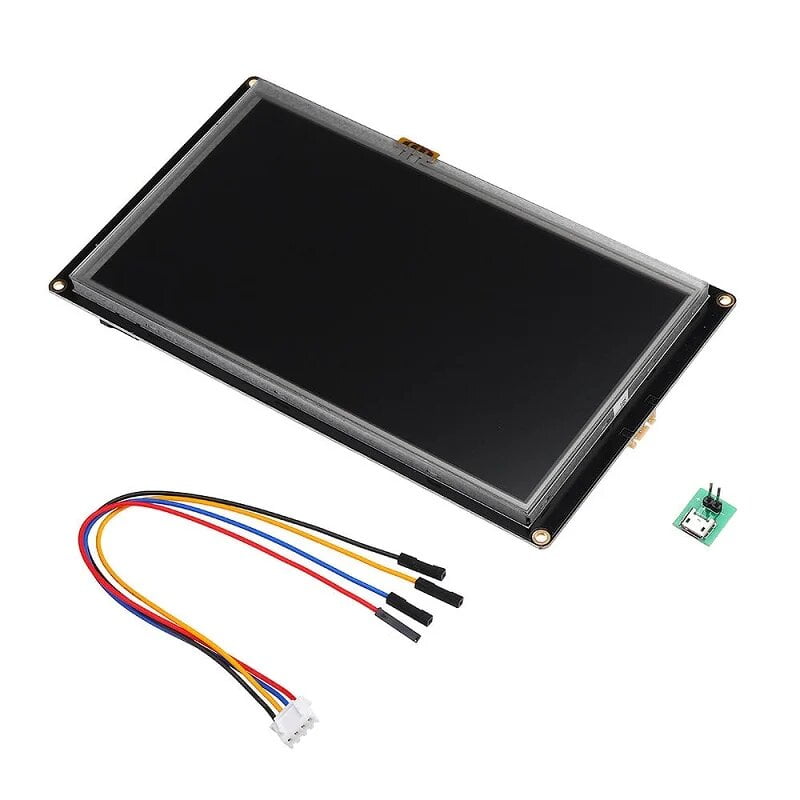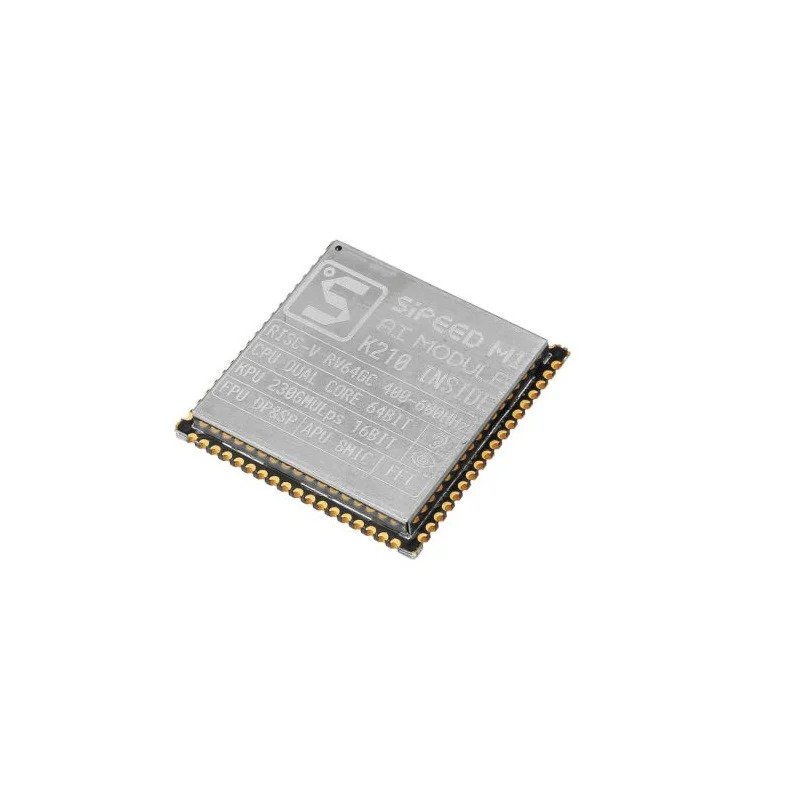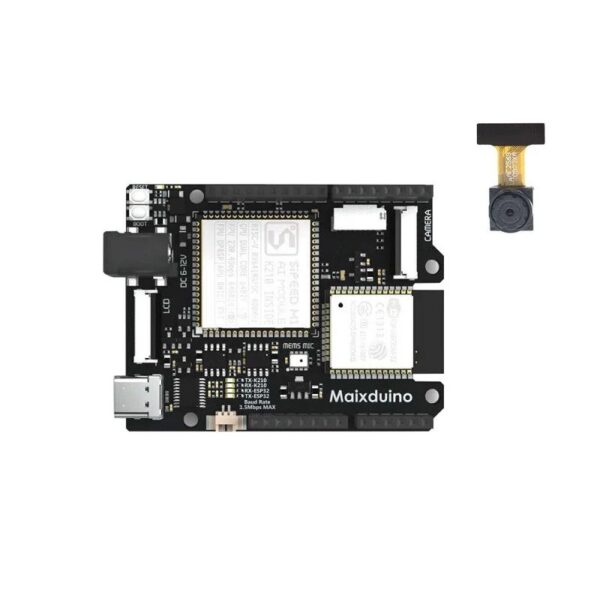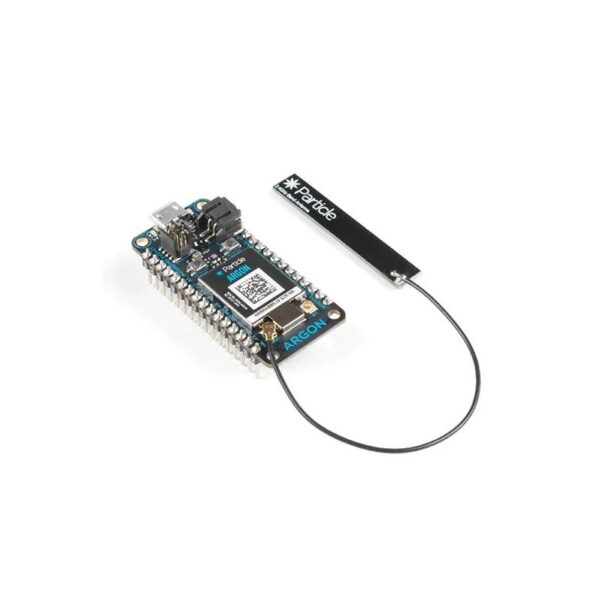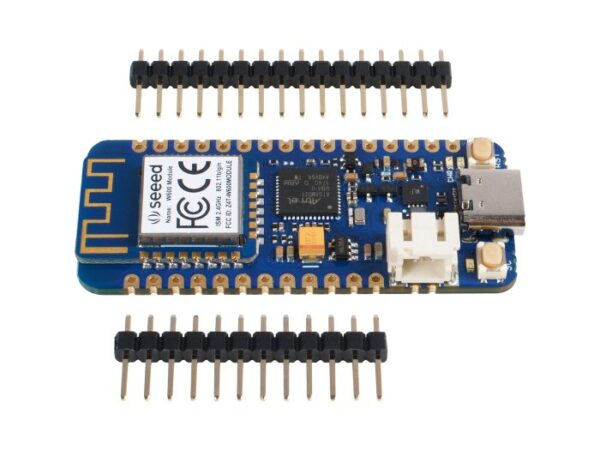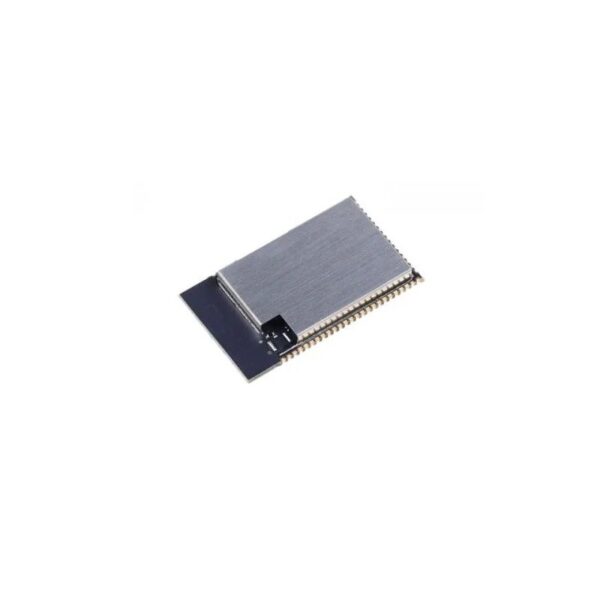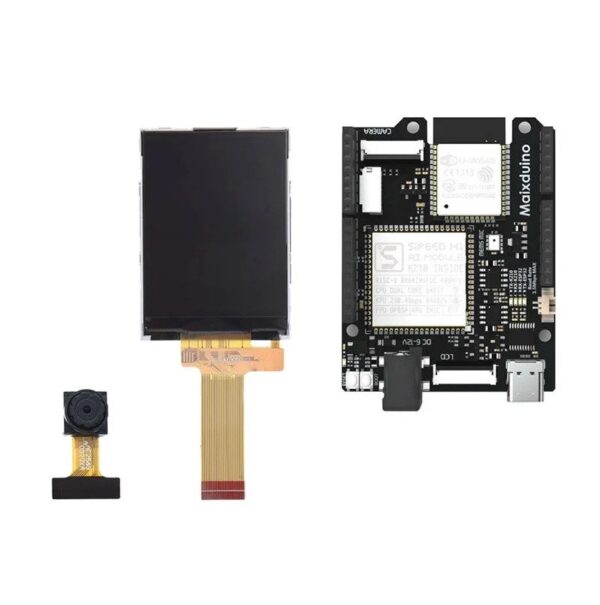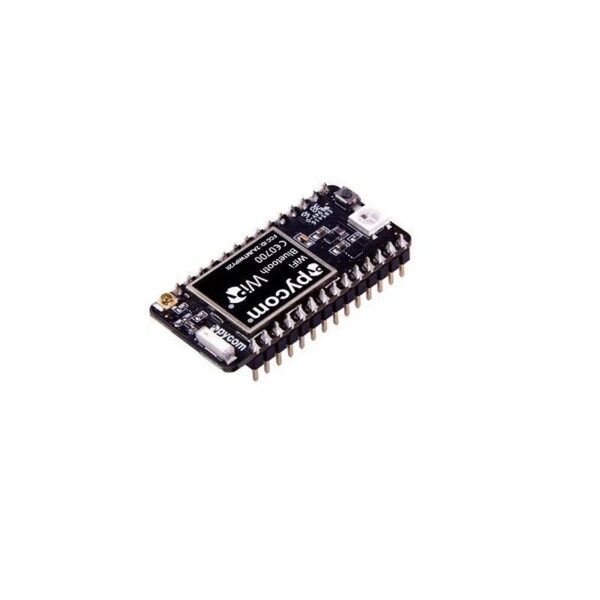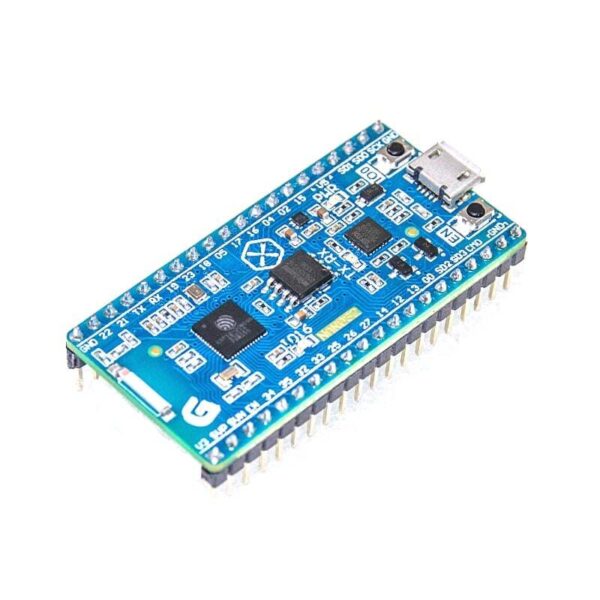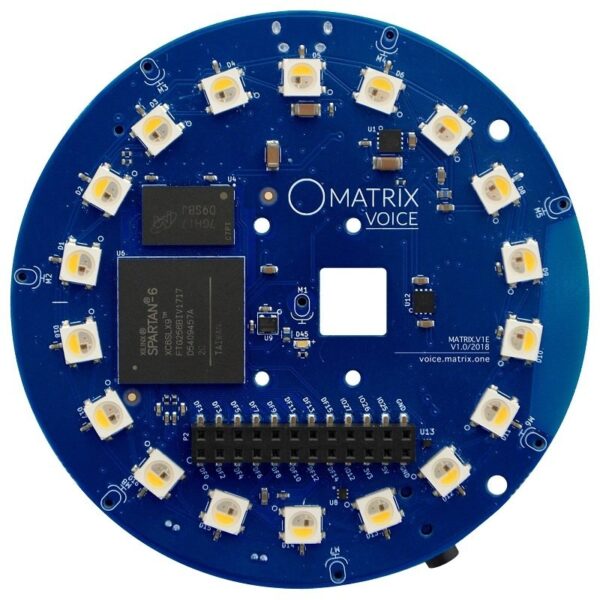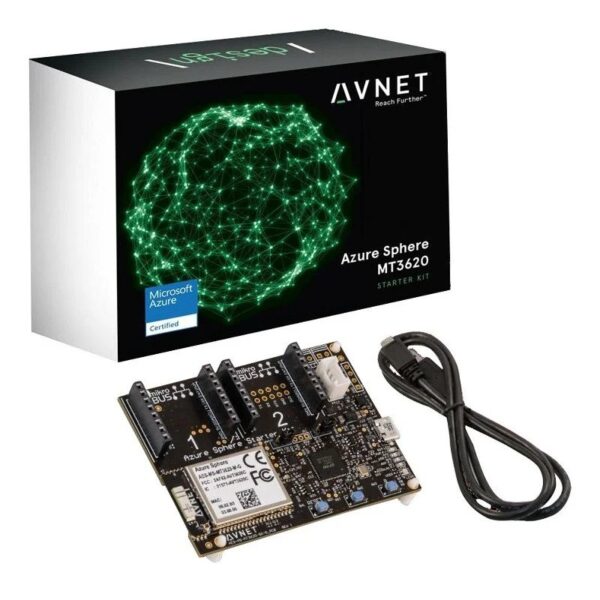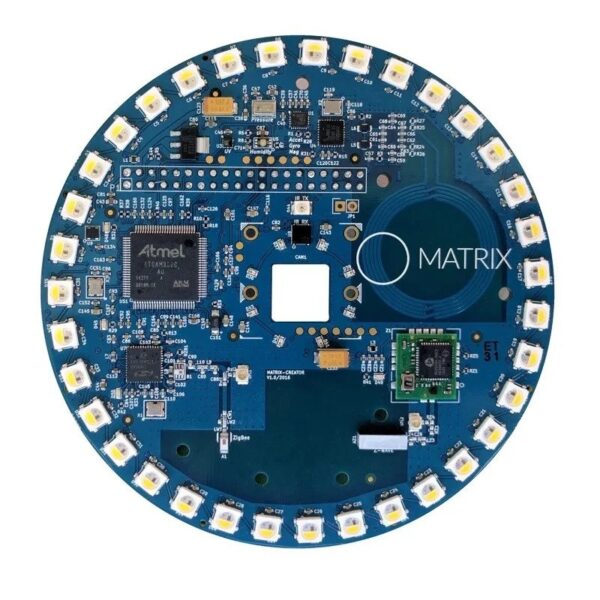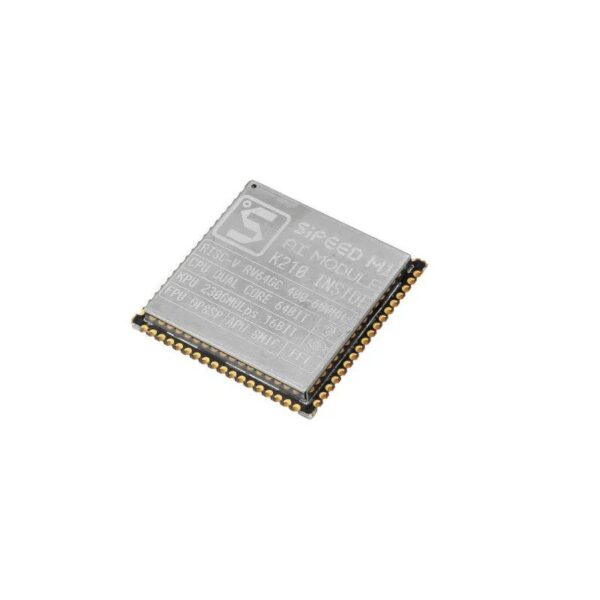Sipeed MAix: AI at the edge
AI is pervasive today, from consumer to enterprise applications. With the explosive growth of connected devices, combined with a demand for privacy/confidentiality, low latency, and bandwidth constraints, AI models trained in the cloud increasingly need to be run at the edge.
MAIX is Sipeed’s purpose-built module designed to run AI at the edge, we called it AIoT. It delivers high performance in a small physical and power footprint, enabling the deployment of high-accuracy AI at the edge, and the competitive price makes it possible to embed to any IoT devices. As you see, Sipeed MAIX is quite like Google edge TPU, but it acts as a master controller, not an accelerator like edge TPU, so it is more low cost and low power than AP+edge TPU solution.
MAix’s Advantage and Usage Scenarios:
MAIX is not only hardware but also provide an end-to-end, hardware + software infrastructure for facilitating the deployment of customers’ AI-based solutions.
Thanks to its performance, small footprint, low power, and low cost, MAIX enables the broad deployment of high-quality AI at the edge.
MAIX isn’t just a hardware solution, it combines custom hardware, open software, and state-of-the-art AI algorithms to provide high-quality, easy to deploy AI solutions for the edge.
MAIX can be used for a growing number of industrial use-cases such as predictive maintenance, anomaly detection, machine vision, robotics, voice recognition, and many more. It can be used in manufacturing, on-premise, healthcare, retail, smart spaces, transportation, etc.
MAix’s CPU
In hardware, MAIX have powerful KPU K210 inside, it offers many exciting features:
1st competitive RISC-V chip, also 1st competitive AI chip, newly released in Sep. 2018
28nm process, dual-core RISC-V 64bit IMAFDC, on-chip huge 8MB high-speed SRAM (not for XMR :D), 400MHz frequency (able to 800MHz)
KPU (Neural Network Processor) inside, 64 KPU which is 576bit width, supports convolution kernels, any form of the activation function. It offers 0.25TOPS@0.3W,400MHz, when overclocking to 800MHz, it offers 0.5TOPS. It means you can do object recognition 60fps@VGA
APU (Audio Processor) inside, support 8mics, up to 192KHz sample rate, hardcore FFT unit inside, easy to make a Mic Array (MAIX offer it too)
Flexible FPIOA (Field Programmable IO Array), you can map 255 functions to all 48 GPIOs on the chip
DVP camera and MCU LCD interface, you can connect an DVP camera, run your algorithm, and display on LCD
Many other accelerators and peripherals: AES Accelerator, SHA256 Accelerator, FFT Accelerator (not APU’s one), OTP, UART, WDT, IIC, SPI, I2S, TIMER, RTC, PWM, etc.
Specifications
| CPU | RISC-V Dual Core 64bit, 400Mh adjustable |
| FPU | IEEE754-2008 compliant high-performance pipelined FPU |
| Debugging Support | High-speed UART and JTAG interface for debugging |
| Static Random-Access Memory (SRAM) | The SRAM is split into two parts, 6MiB of on-chip |
| general-purpose SRAM memory and 2MiB of on-chip AI SRAM memory, for a total of 8MiB | |
| Field Programmable IO Array (FPIOA/IOMUX) | FPIOA allows users to map 255 internal functions to 48 |
| free IOs on the chip | |
| Digital Video Port (DVP) | Maximum frame size 640×480 |
| FreeRtos & Standard SDK | Supports FreeRtos and Standard development kit. |
| MicroPython Support | Support MicroPython on M1 |
| Machine vision | Machine vision based on convolutional neural network |
| Machine hearing | High performance microphone array processor |
| Supply Voltage(V) | 5.0 ±0.2 |
| Supply Current(mA) | >300 |
| Working Temperature(℃) | -30℃ ~ 85℃ |
| Length(mm) | 25 |
| Width(mm) | 25 |
| Height(mm) | 1 |
| Weight(g) | 8 |
| Shipment Weight | 0.02 kg |
Features:
- Supports the fixed-point model that the mainstream training framework trains according to specific restriction rules.
- There is no direct limit on the number of network layers, and each layer of convolutional neural network parameters can be configured separately, including the number of input and output channels, and the input and output line width and column height.
- Up to 8 channels of audio input data, ie 4 stereo channels
- Simultaneous scanning pre-processing and beamforming for sound sources in up to 16 directions
- 16-bit wide internal audio signal processing
- Support for 12-bit, 16-bit, 24-bit, and 32-bit input data widths
- Up to 192kHz sample rate
- Built-in FFT unit supports 512-point FFT of audio data
- Uses system DMAC to store output data in system memory
- The maximum supported neural network parameter size for real-time work is 5MiB to 5.9MiB
Package includes:
- 1 x Sipeed MAIX-I module w/o WiFi
